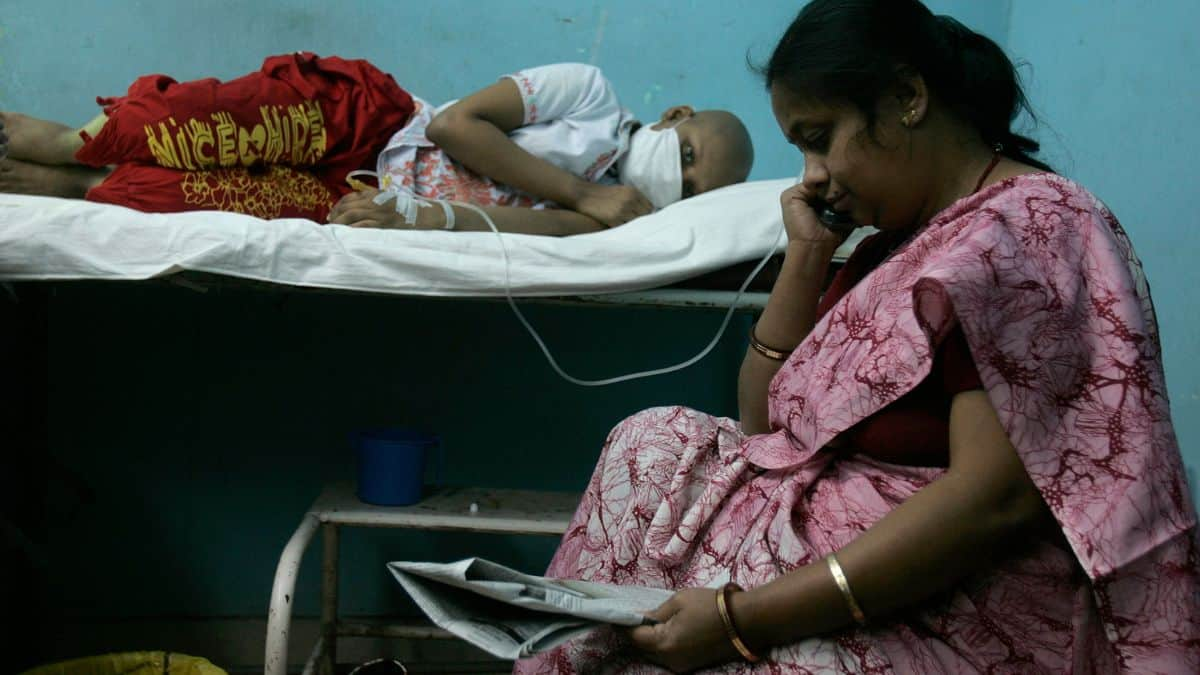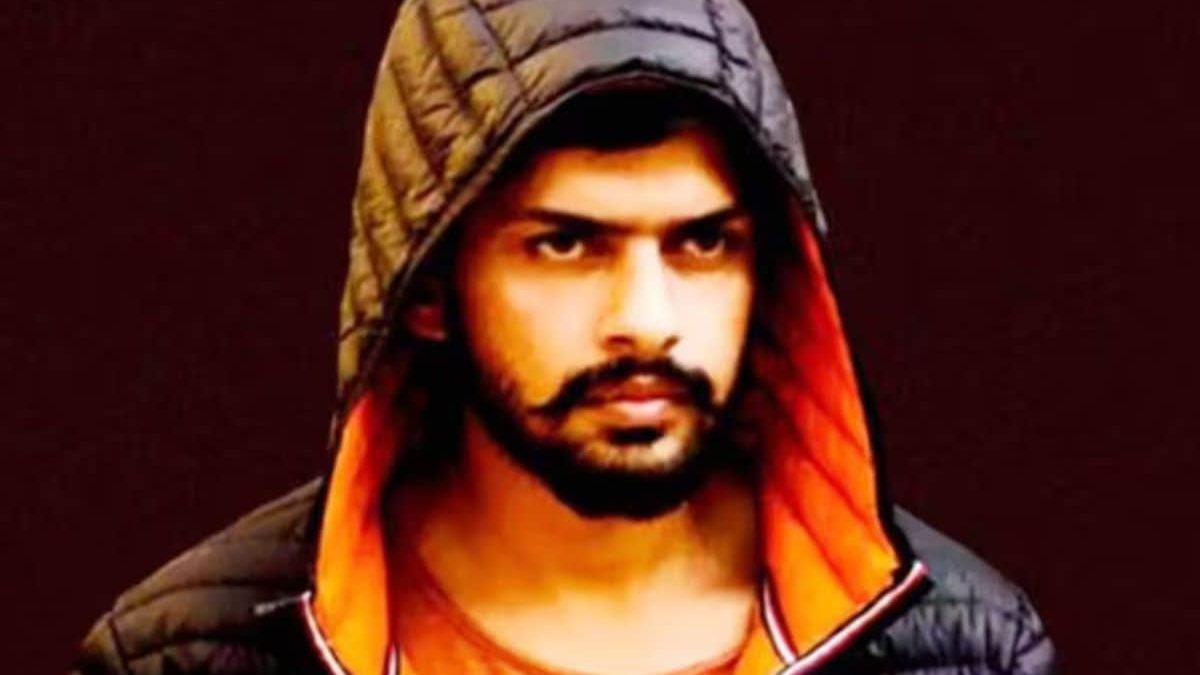Cardiovascular disease (CVD) remains the leading cause of death worldwide, claiming 17.9 million lives each year, according to the World Health Organization. In India, the problem has reached epidemic proportions, responsible for nearly 28% of total deaths and disproportionately affecting people a decade earlier than their Western counterparts, as per ICMR estimates.
What was once considered a disease of older adults is now striking millennials and even those under 30, reshaping the country’s health and economic outlook.
With rising cases of heart attacks among the young, experts are warning that prevention must evolve beyond traditional lifestyle advice. From advanced genomics and artificial intelligence (AI) to workplace wellness programmes and cutting-edge imaging technologies, India’s heart health battle demands systemic transformation.
Genomics: decoding invisible risks
Dr. Aparna Bhanushali, Director of Human Genomics at HaystackAnalytics, points out that the surge in young heart attacks is not solely about lifestyle. “Genetic factors mean that even fit, active individuals may silently carry high risk,” she explains. Advanced genomics, particularly Next-Generation Sequencing (NGS), is transforming prevention by analysing thousands of genes at once and generating polygenic risk scores.
This allows clinicians to identify individuals predisposed to inherited cardiomyopathies or arrhythmias long before symptoms manifest. “NGS also enables cascade screening across families, ensuring intergenerational risks are detected,” Dr. Bhanushali notes. While access and awareness remain limited, she argues that for India—a country with one of the world’s youngest workforces and highest heart disease burdens—early genomic testing should be treated as an essential preventive tool, not a luxury.
AI: healthcare’s vigilant assistant
Technology is also redefining early detection. “AI acts like a watchful protector in radiology,” says Ankit Modi, Founding Member and Chief Product Officer at Qure.ai. By scanning every X-ray with precision, AI avoids diagnostic blind spots and can detect subtle signs of COPD or heart failure.
In India’s resource-constrained regions, AI-enabled screening ensures that every patient scan is reviewed quickly, bridging access gaps and reducing system delays. Beyond imaging, risk stratification models combine genomic and clinical data to flag high-risk patients. “This means physicians can intervene earlier, preventing complications and saving lives,” Modi explains. AI, he adds, is no longer a back-end tool but a frontline force for preventive healthcare.
Impact Shorts
More ShortsCorporate India’s silent crisis
If genetic and clinical advances point to solutions, workplace culture is increasingly identified as the root of the problem. Dr. Noel Coutinho, Co-Founder of ekincare, cites findings from a study of 30,000 employees across 20 companies: professionals aged 35–45 have seen a 70% surge in heart risk factors within just three years.
“Millennials once prided themselves as the ‘health-conscious generation’. Yet hypertension, cholesterol and obesity are rising sharply among them,” says Dr. Coutinho. The reasons are familiar—sedentary lifestyles, long screen hours, erratic diets, and mounting stress.
Corporates are beginning to respond. Many firms are moving beyond insurance coverage to offer cardiology tests, nutrition counselling, yoga workshops and digital wellness nudges. Participation in health checks and fitness challenges has increased by 20–25% in a year. “Embedding wellbeing into corporate culture is no longer optional—it is a strategic necessity,” Coutinho emphasises.
Imaging and intervention: sharper, safer, faster
Even as prevention takes centre stage, treatment technologies are undergoing a quiet revolution. Rohit Sathe, Vice President – Head of Healthcare Innovation Centre, Philips India, highlights how AI-powered imaging is transforming minimally invasive surgeries. “Superior visuals with lower radiation exposure mean faster, safer interventions,” he explains. Integration of MRI, CT and ultrasound data offers insights that once seemed out of reach.
For clinicians, this translates into fewer scans, better treatment planning and reduced need for repeat procedures. For patients, it means safer interventions and improved recovery. “On World Heart Day, it is important to reaffirm that technology must act as a partner to clinical expertise, not a replacement,” Sathe stresses.
The bigger picture
Experts agree that India’s fight against CVD must be holistic. As Dr. Pavankumar Rasalkar of Manipal Hospitals notes, even minor plaques can rupture unpredictably, leading to sudden cardiac arrests in healthy-looking individuals. Quick access to angioplasty or stenting can save lives, but the focus must be on preventing such events in the first place.
The convergence of genomics, AI, workplace wellness, and advanced imaging offers India an opportunity to move from reactive treatment to proactive prevention. With millions of young Indians at stake, delaying this shift is a risk the country can ill afford.


)

)
)
)
)
)
)
)
)



